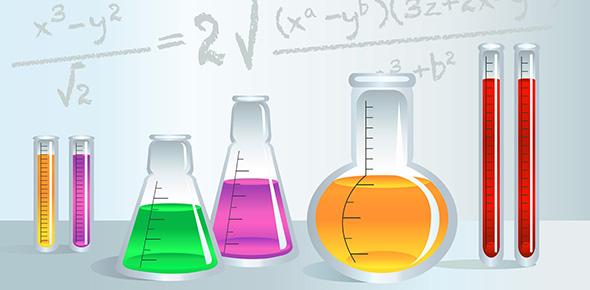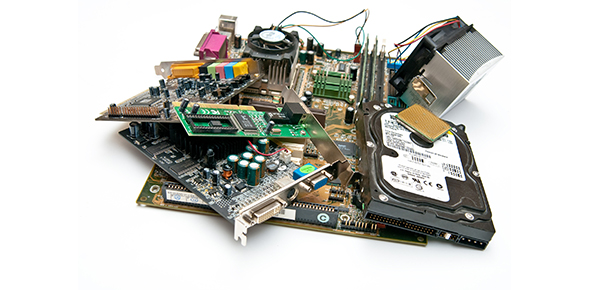Related Flashcards
Related Topics
Cards In This Set
| Front | Back |
|
What is a fault scarp?
|
The trace of a fault on the earth's surface that appears as a low cliff
|
|
What is the epicenter?
|
The area above the surface that is directly above the focus
|
|
What is the focus?
|
Area within the earth that the seismic activity originates
|
|
What is a fault plane?
|
 It is the lateral surface in which one side of the land moves in respect of the other.  |
|
What is a P-wave
|
A body wave that travels compressionally (longitudinally). It travels very fast (4-7 km/s) and is the first wave to arrive at a station. Can go through fluid and solid
|
|
What is an S-wave
|
This is also a body wave, but is a transverse wave. It moves slower (2-5 km/s) and travels through rocks near the surface. can only go through solid.
|
|
What is a love wave?
|
A surface wave. very slow. travels side to side in a horizontal plane that is perpendicular to the direction the wave is travelling. tend to knock over buildings, etc
|
|
What is a raleigh wave?
|
Surface wave, similar motion to that of a rolling ocean wave.very destructive. produce lots of ground movement. very slow to pass.
|
|
With what equipment do scientists detect earthquakes?
|
They use a seismometer and seisomograph. its all computerized now though.
|
|
How do scientists use seismic waves to determine the location of an earthquake?
|
The travel time of the P wave is
distance from earthquake / (P-wave speed)
The travel time of the S wave is
distance from earthquake / (S-wave speed)
The difference in the arrival times of the waves is
distance from earthquake / (S-wave speed) - distance from
earthquake / (P-wave speed)
which equals
distance from earthquake * ( 1/ (S-wave speed) - 1 / (P-wave
speed) )
|
|
How is the moment magnitude scale different from the Mercalli Index?
|
Mercalli scales determine intensity (eq's effect on people and buildings) on a roman numeral scale. The moment magnitude scale calculates the eq magnitude based on strength of rock, SA of fault rupture, and amount of displacement along the fault.
|
|
How does an increase on the moment magnitude scale relate to the increase in the amount of shaking or
energy released? |
1 unit increase = 10x more shaking and 30x more energy?
|
|
How do seismic waves allow us to understand the stratification of the earth (P-wave and S-wave
shadows)? |
Depending on speed and depth we can determine the types of rocks in the subsurface.
|
|
How are tsunamis caused?
|
Caused by EQ's, usually 8+ magnitude, that disturb the seafloor. When a section of the seafloor suddenly rises or falls it sets off huge displacement. as it returns to sea level it sends out long low waves that spread very rapidly. wavelength can be up to 160 km and may be moving at 725km/hr. as they near shore heights can and will increase
|
|
What is liquefaction?
|
Special type of ground failure when water saturated ground soil or sediment turns from a solid to a liquid as a result of eq shaking. causes buildings to sink and underground tanks to float.
|







